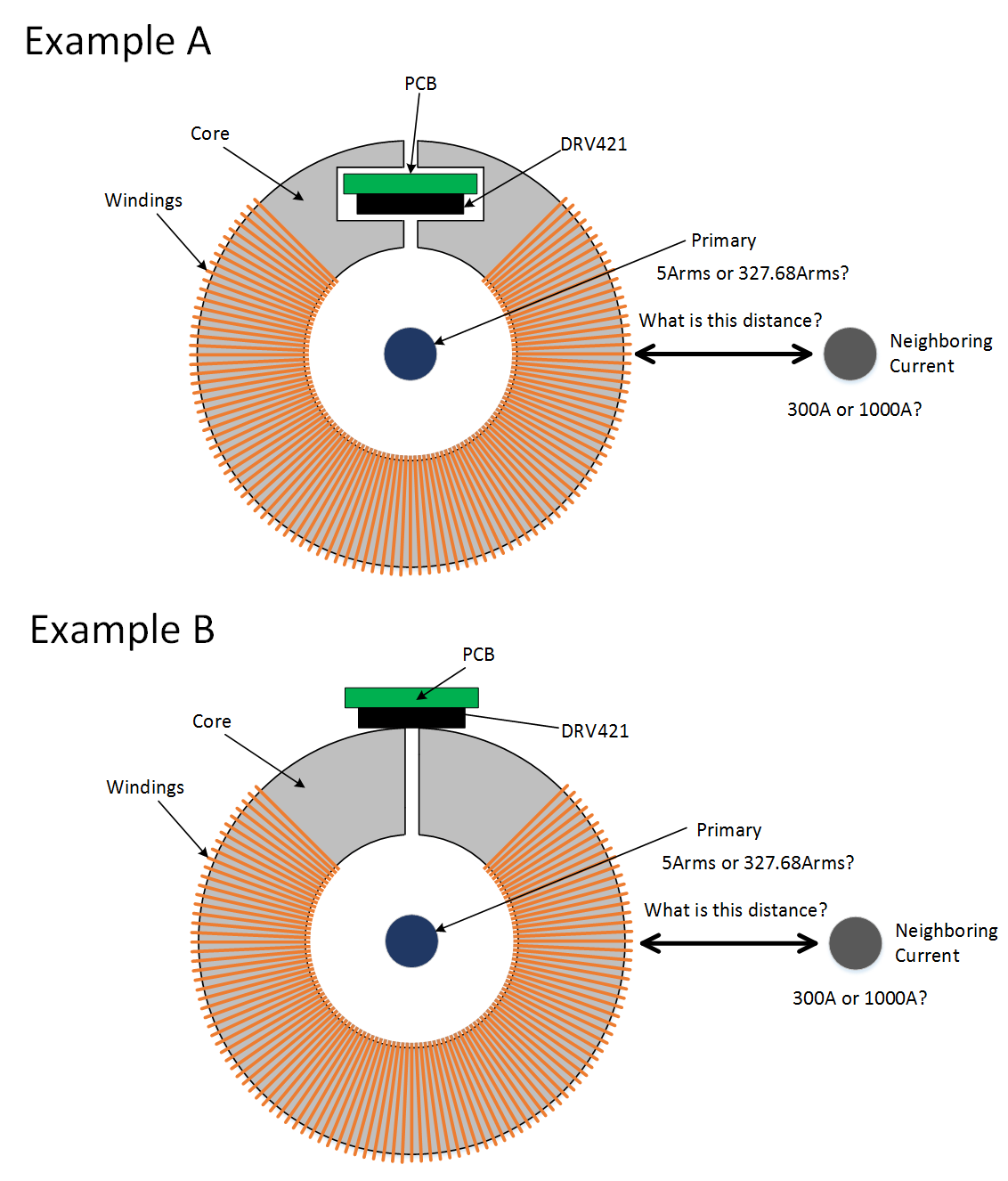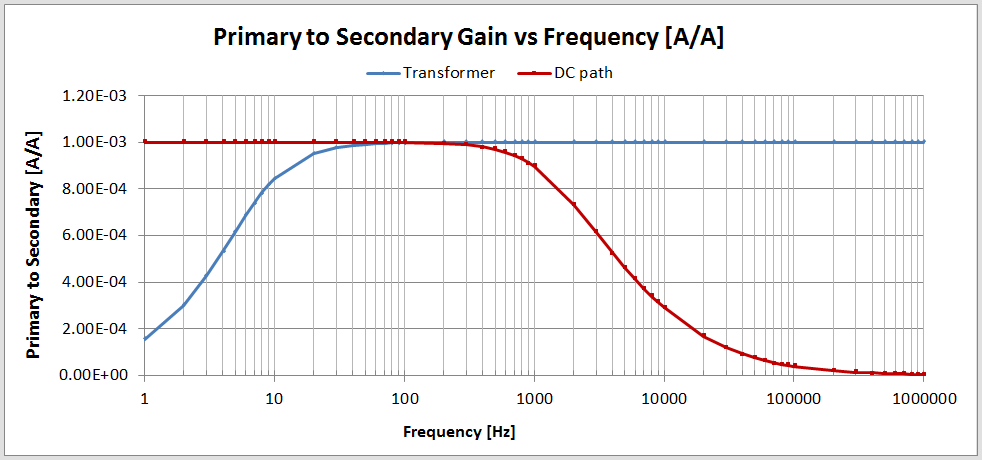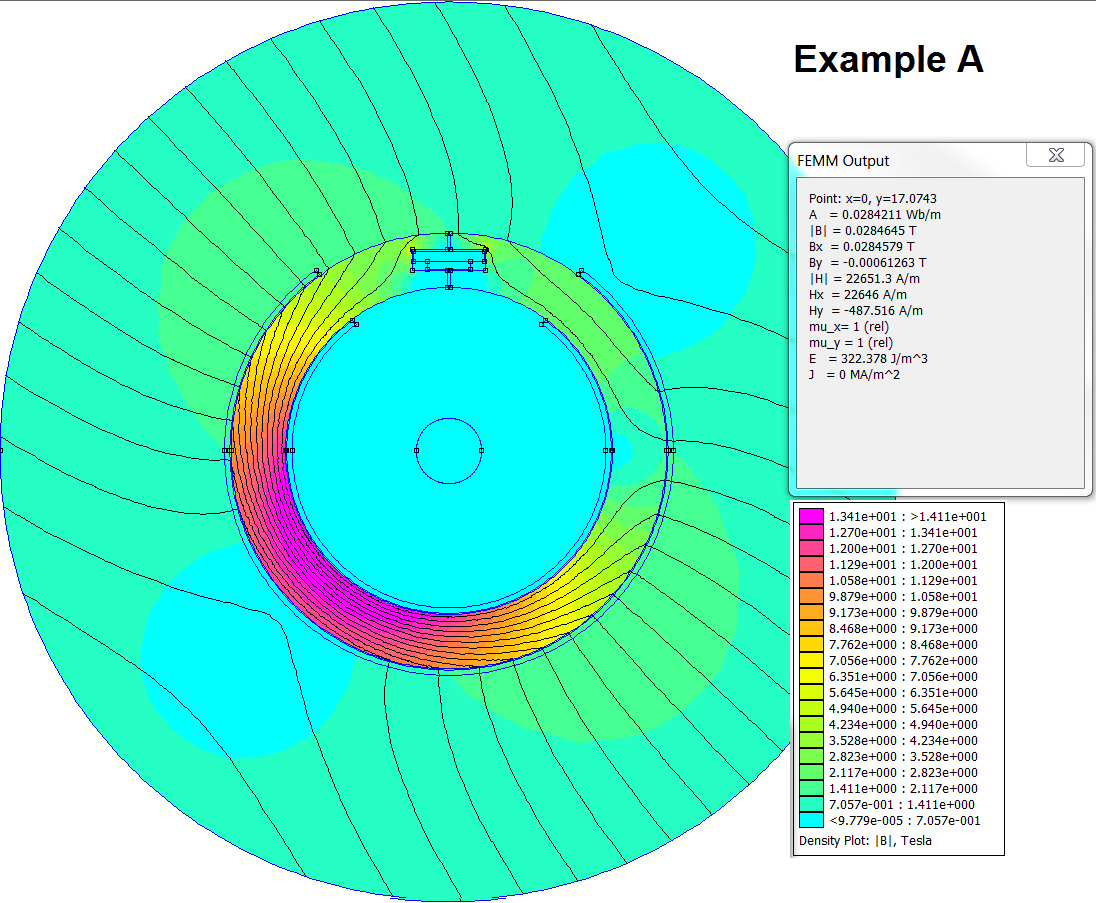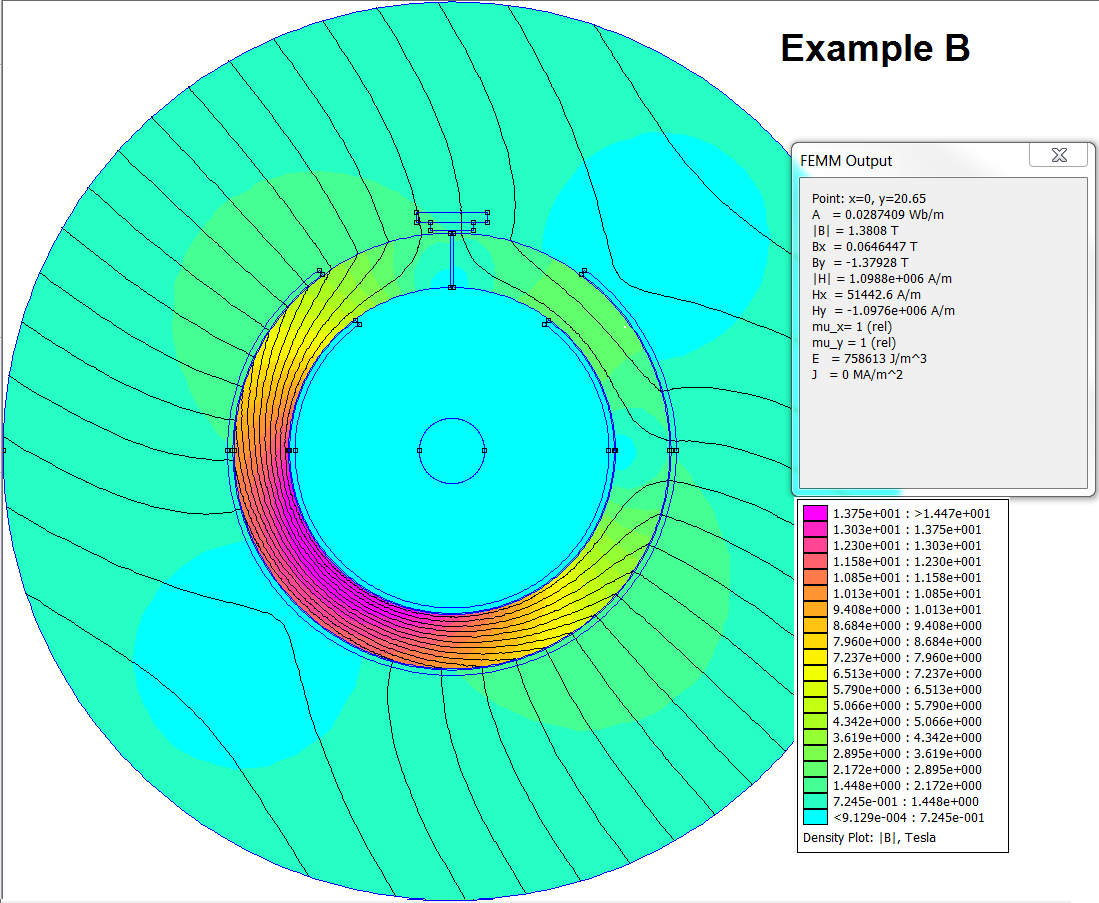Customer is interested in DRV421 and confirming document.
Please let me know about three points below for use condition.
①About sloa224, summary is described about very careful design.
Which is this mean "specially of Fluxgate" or "popular of precision analog circuit"?
②About sloa223; 2.1.7 Neighboring Current Rejection Ratio
. This page is described about any effect for external magnetic field.
If there the case of application problem for external magnetic field, please let me know about reference document and amount of effect and test data, etc.
③I think that recommended magnetic core module is SC2912(Sumida), is there the other recommended magnetic core module?
(I didn't find the information of SC2912 on web)
Best regards,
Satoshi









